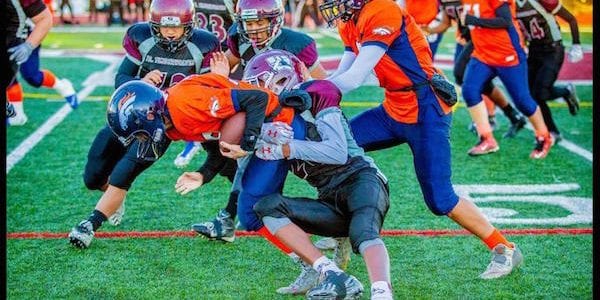
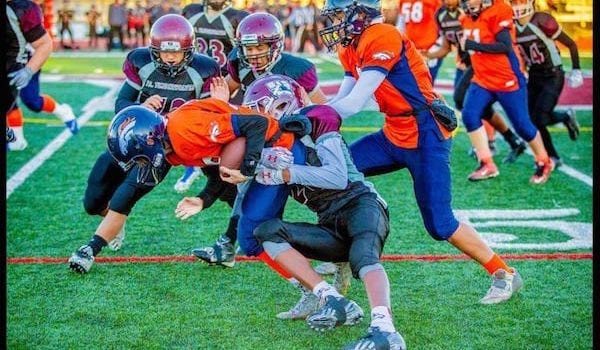

Hip labral tears are being diagnosed more than ever before. Are you at risk?
Hip Injuries | Hunter Greene, M.D.
Sports that rely on cutting and twisting such as ice hockey, soccer, football and basketball, put the hip at risk for labral tears. Also, structural abnormalities of the hip can lead to a hip labral tear.
ANATOMY OF THE HIP
A hip labral tear involves the ring of soft elastic tissue, called the labrum, that follows the outside rim of the socket of your hip joint (much like a bumper around a pool table). This labrum acts like a socket to hold the ball at the top of your thighbone (femur) in place.
Labral tears are diagnosed much more often than in the past. Consequently, hanks to advancements in MRI capabilities and arthroscopic surgery, we can now identify these causes of hip and groin pain early, often before long-term degeneration of the hip occurs.
SIGNS OF A TEAR
Some labral tears cause no signs or symptoms. When symptoms are present, they include :
>> Pain in the hip or groin
>> A catching or locking sensation in the hip joint
>> Stiffness in the joint
>> Limited range of motion
TREATING HIP PAIN
Some patients recover in only a few weeks with conservative treatments. These include rest, anti-inflammatory medication, cortisone injections and physical therapy. If surgery is needed, most cases of hip labral tears can be treated with arthroscopic surgery. This is instead of an open procedure. Depending on the severity of the tear, the orthopedic surgeon may cut out and remove the torn piece of labrum. Or they may repair the torn tissue by sewing it back together.
It typically takes anywhere from six-to-12 weeks to recover after surgery and another four-to-six months to return to sports.
PREVENTION
A common cause of hip labral tears is athletic trauma or repetitive stress from athletic activity. Proper training and conditioning of commonly used muscles and those that support them may help reduce the risk of a hip labral tear.
Hunter Greene, M.D., is a board-certified orthopedic surgeon with Summit Orthopedic Specialists in Carmichael.
[bsa_pro_ad_space id=5]




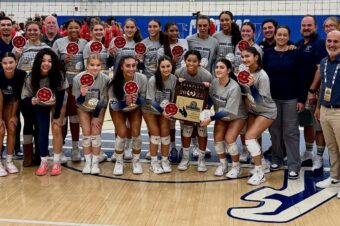
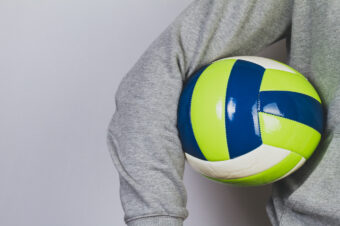
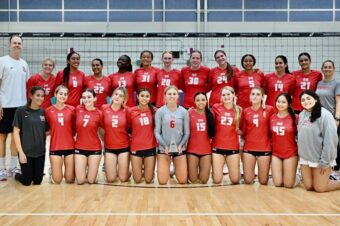
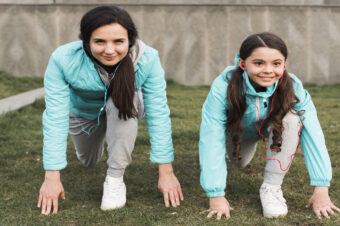

No comments so far.
Be first to leave comment below.